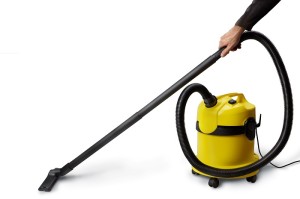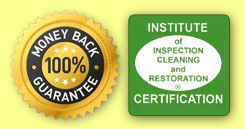 Sound can be a great diagnostic tool for anyone. Whether it is for your car, home, or something else, when you pay attention to the sounds that the device makes, you can determine whether there are actually problems with it or something else is going on.
Sound can be a great diagnostic tool for anyone. Whether it is for your car, home, or something else, when you pay attention to the sounds that the device makes, you can determine whether there are actually problems with it or something else is going on.
When it comes to your vacuum cleaner, the machine is going to make quite a bit of noise to begin with. However, different sounds can indicate different problems. Here are three potential sounds that your vacuum cleaner could be making, what it can mean, and what you should do about it.
Sound #1: Clanging from the roller.
Most people will readily recognize this type of sound as being metal that is getting sucked up into the vacuum. It could be a penny, paperclip, or something else that was small and overlooked. For most bagless vacuums today, this isn’t a major concern, but it can certainly be doing a little bit of damage to the rollers or other sensitive components of the vacuum cleaner.
It’s best to avoid vacuuming these things up with a residential vacuum cleaner. Bend down and pick it up.
Sound #2: Whining.
A high-pitched whine could be the result of excess hair, fabric fibers, and other items that are getting caught in the beater bar or roller. If that happens, it’s going to put extra strain on the motor to turn and keep that roller moving. Take the roller out, carefully, and get all the hair and other fibers that are wrapped around it off.
Sound #3: Groaning.
If your residential vacuum cleaner is groaning, it could be getting old and worn out. Groaning is usually a sign of problems within the motor itself. When components begin rubbing together, they can emit a sound that sounds like an animal groaning or being angry.
If your vacuum cleaner needs service, get it done as soon as possible. No matter how strong or expensive your residential vacuum cleaner is, though, it is still important to get a regular professional cleaning for your carpets at least every six months. That helps to supplement the cleaning process, thus protecting your carpeting throughout your home, maximizing its potential life expectancy.











